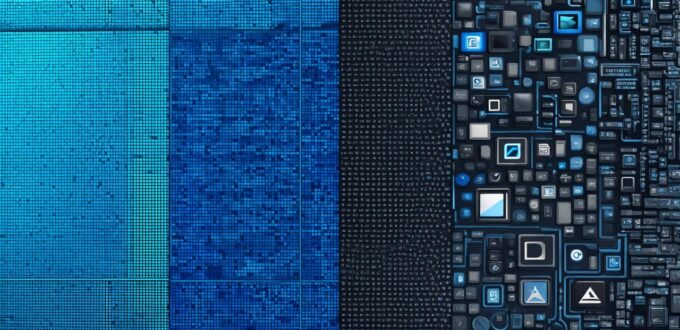Operating System (OS)
The operating system is the most critical type of system software, as it serves as the foundation for all other software programs to run on a computer. The operating system manages the computer’s hardware resources, including memory management, process scheduling, device drivers, and input-output operations. Some examples of popular operating systems include Windows, macOS, and Linux.
Device Drivers

Device drivers are system software that enables communication between the operating system and the computer’s hardware devices. They translate the general instructions provided by the operating system into specific commands that each device can understand. Device drivers ensure that the hardware functions correctly and provides the necessary information to the operating system, enabling it to manage the device’s resources effectively.
Utilities
Utilities are system software designed to assist users in performing specific tasks or managing various aspects of their computer system. Examples of utilities include disk cleanup tools, file compression programs, and antivirus software. Utilities can be standalone applications or integrated into the operating system as part of its default set of features.
Middleware
Middleware is system software that acts as an intermediary between different software applications, allowing them to communicate with each other seamlessly. Middleware provides a standardized interface for application communication, enabling developers to create programs that can work together regardless of their underlying technology or programming language. Examples of middleware include message queues and object-oriented frameworks.
Database Management Systems (DBMS)
A database management system is software that enables users to define, create, maintain, and control access to a collection of data stored in a structured manner. DBMS provides features such as data security, data integrity, and data backup and recovery, making it an essential component of any organization’s information systems. Examples of popular DBMS include MySQL, Oracle, and Microsoft SQL Server.
Networking Software
Networking software is system software that enables communication between different computers on a network. It includes protocols, routers, switches, and other devices that enable data to be transmitted over the network. Networking software provides a standardized way for computers to communicate with each other, allowing them to share resources, collaborate on projects, and access information from anywhere in the world.
Computer Vision Software
Computer vision software is system software designed to enable machines to interpret and understand visual information from the world around them. It includes algorithms that analyze images and videos, identify objects and patterns, and extract meaning from the data. Computer vision software has a wide range of applications, including robotics, security systems, and medical imaging.
Natural Language Processing (NLP) Software
Natural language processing software is system software designed to enable machines to understand and generate human language. It includes algorithms that analyze text and speech, identify the meaning of words and phrases, and generate responses that sound natural and coherent. NLP software has a wide range of applications, including chatbots, virtual assistants, and language translation programs.
Artificial Intelligence (AI) Software
Artificial intelligence software is system software designed to enable machines to learn from data, reason, perceive the world, and take actions that maximize their chances of achieving specific goals. It includes algorithms that analyze large amounts of data, identify patterns and trends, and make decisions based on that analysis. AI software has a wide range of applications, including image recognition, speech recognition, and predictive analytics.
Conclusion
In conclusion, system software plays a critical role in any computer system, managing hardware resources, providing essential services, and facilitating communication between different programs. Understanding the 10 types of system software available and their unique features and functions is essential for designing and developing effective software systems. By implementing system software correctly, organizations can improve productivity, streamline operations, and gain a competitive edge in their industry.
